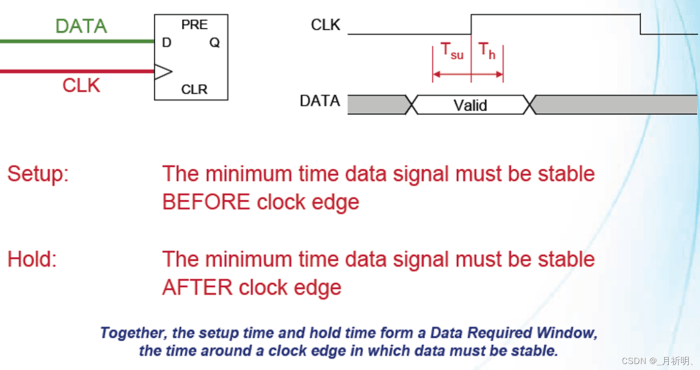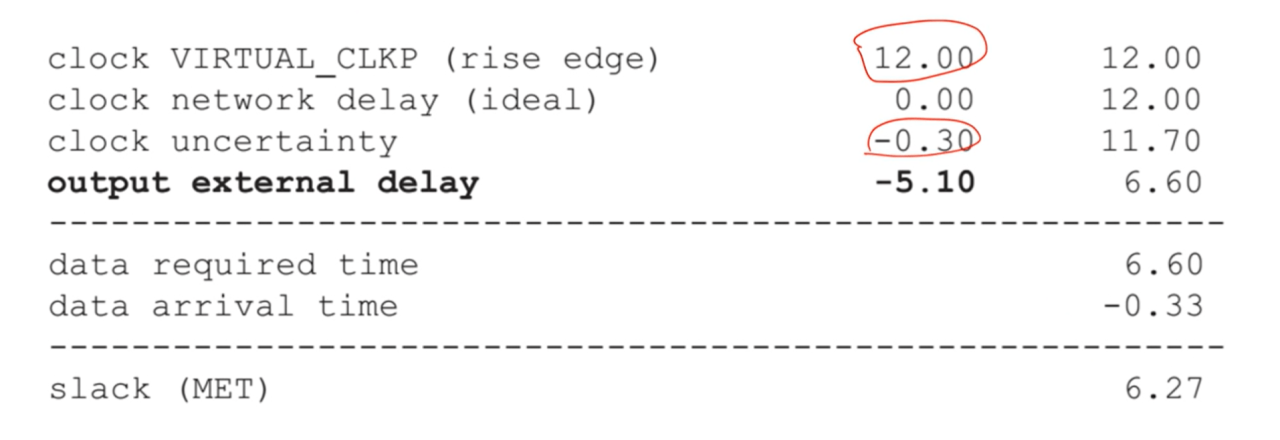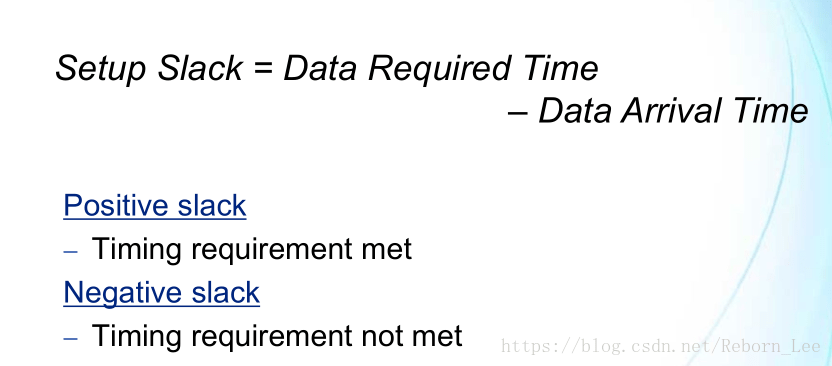Data arrival time and data required time are crucial factors that significantly influence the accuracy, reliability, and efficiency of data analysis. Understanding these concepts is paramount for data analysts, researchers, and decision-makers seeking to optimize data-driven insights.
Data arrival time refers to the time elapsed between data generation and its availability for analysis, while data required time encompasses the duration needed to process, clean, and prepare data for analysis. Both factors play a pivotal role in shaping the data analysis process and its outcomes.
Data Arrival Time

Data arrival time refers to the moment when data becomes available for analysis. It plays a crucial role in data analysis as it affects the accuracy and reliability of insights derived from the data.
Factors that can impact data arrival time include the data source, data collection method, and data processing pipeline. Real-time data, such as streaming data, has a shorter arrival time compared to historical data that requires extraction and transformation.
Data arrival time can significantly impact decision-making. For instance, in financial markets, real-time data on stock prices allows traders to make informed decisions quickly. In healthcare, timely data on patient vitals enables medical professionals to provide immediate care.
Data Required Time
Data required time is the duration it takes to gather, process, and analyze data to obtain meaningful insights. It is influenced by the volume of data, the complexity of the analysis, and the available resources.
Estimating data required time is crucial for project planning and resource allocation. It can be estimated using historical data, pilot studies, or industry benchmarks.
Best practices for optimizing data required time include: using efficient data collection methods, optimizing data processing pipelines, and leveraging scalable computing resources.
Impact on Data Analysis
Data arrival time and data required time have a significant impact on the accuracy and reliability of data analysis.
Timely data arrival ensures that the analysis is based on the most up-to-date information. However, if the data is not available when needed, the analysis may be delayed or inaccurate.
Data required time influences the depth and granularity of the analysis. Sufficient time allows for thorough data exploration and sophisticated modeling techniques, while limited time may necessitate simpler analyses.
Optimization Strategies
To minimize data arrival time, strategies include: implementing real-time data pipelines, using data caching techniques, and optimizing data transmission protocols.
Reducing data required time can be achieved through data sampling, parallelizing data processing, and using efficient algorithms and data structures.
When optimizing, it is essential to consider the trade-offs between data arrival time and data required time. Prioritizing real-time data may compromise the comprehensiveness of the analysis, while focusing on thorough analysis may delay insights.
Case Studies, Data arrival time and data required time
A case study in the financial industry demonstrated that real-time data on market sentiment improved trading performance by enabling traders to anticipate market movements and adjust their strategies accordingly.
Another case study in healthcare showed that timely data on patient health records facilitated early diagnosis and intervention, leading to improved patient outcomes.
These case studies highlight the importance of considering data arrival time and data required time in data analysis and the potential benefits of optimization strategies.
FAQs: Data Arrival Time And Data Required Time
What is the difference between data arrival time and data required time?
Data arrival time refers to the time between data generation and its availability for analysis, while data required time encompasses the duration needed to process, clean, and prepare data for analysis.
How can I minimize data arrival time?
Strategies for minimizing data arrival time include optimizing data collection methods, implementing real-time data streaming, and reducing data transmission latency.
What are the best practices for optimizing data required time?
Best practices for optimizing data required time include automating data cleaning and transformation processes, leveraging efficient data structures, and optimizing query performance.

